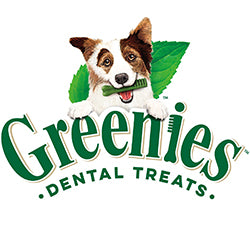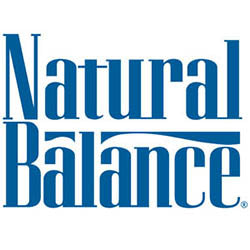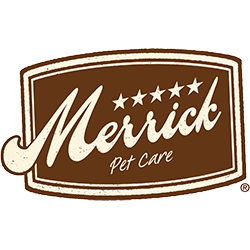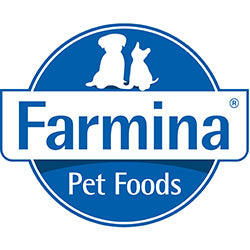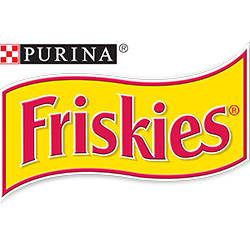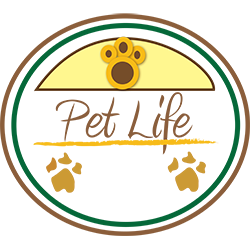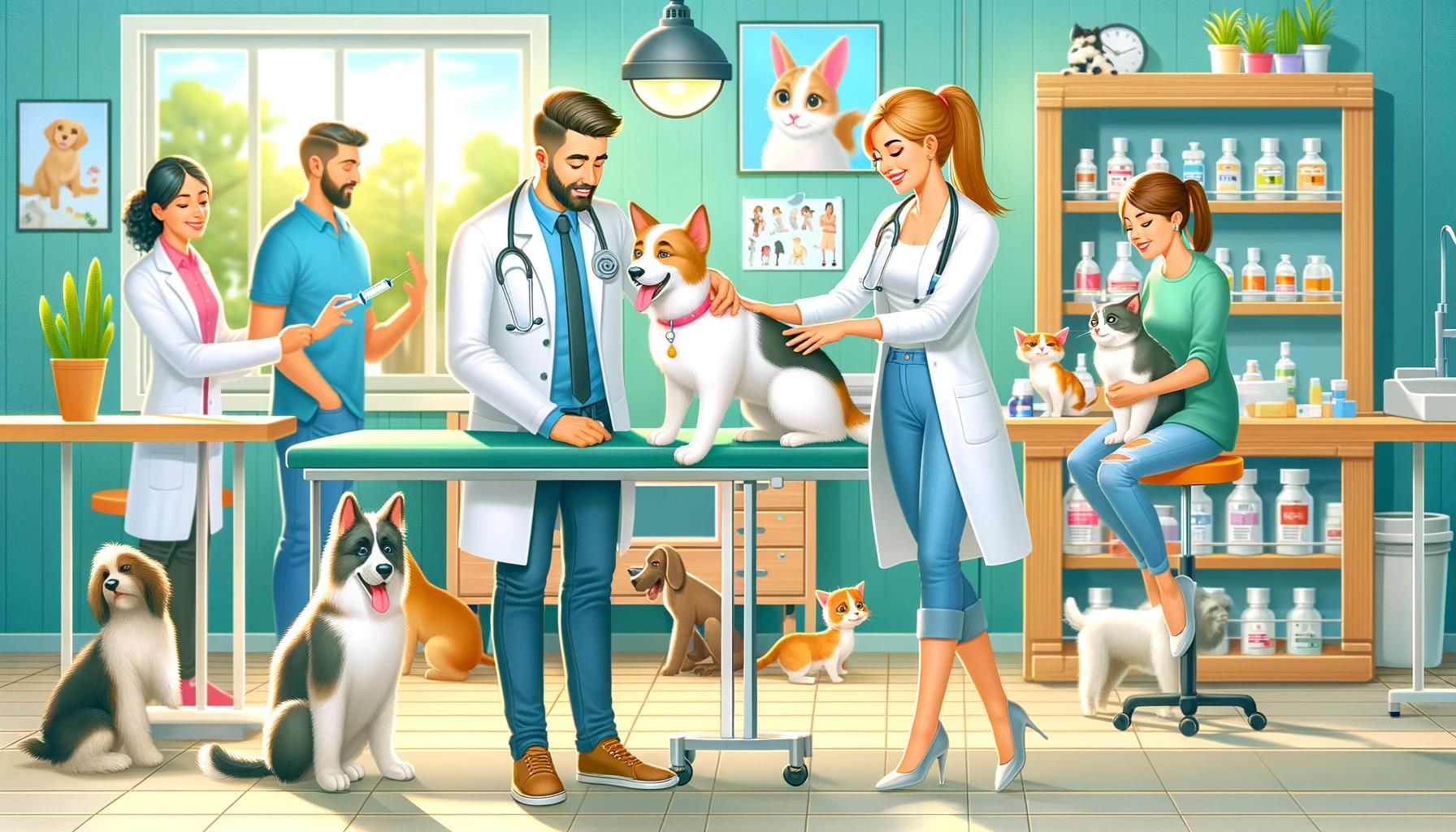
Pet Obesity: Understanding the Risks and Steps to a Healthier Weight
Introduction
Obesity is a significant concern for pet owners, as it can severely impact the health and happiness of pets. Just like in humans, excess weight in pets can lead to various health complications. This blog will walk talk about the risks associated with pet obesity and provide practical tips to help your many pets achieve and maintain a healthy weight.
The Dangers of Pet Obesity
Health Risks
Carrying extra weight can lead to a lot of health problems for pets, including:
- Diabetes: Excess weight can severely increase the risk of diabetes in pets.
- Joint Issues: Extra weight places more stress on joints, potentially causing or worsening arthritis.
- Heart Disease: Obesity can strain the heart, leading to cardiovascular issues.
- Breathing Problems: Overweight pets may have difficulty breathing.
- Shortened Lifespan: Obesity can reduce a pet's lifespan due to associated health risks.

Caption: An overweight cat sitting on a scale during a veterinary check-up.
Identifying Obesity in Pets
Body Condition Assessment
Veterinarians all use a Body Condition Score (BCS) to determine if a pet is at a healthy weight. The BCS scale ranges 1 to 9, 1 being very thin and 9 being very overweight. A score of 4-5 indicates an ideal weight.
Physical Signs
Some signs that your pet may be overweight include:
- Ribs Are Hard to Feel: You should be able to feel your pet's ribs without a thick layer of fat covering them.
- Lack of a Waist: When viewed from above, your pet should have a defined waist.
- No Abdominal Tuck: When viewed from the side, your pet’s abdomen should tuck up slightly behind the rib cage.
Steps to Achieve a Healthy Weight
Diet
Consult Your Veterinarian: Talk with your veterinarian before making any changes to your pet's diet. They can provide a tailored weight loss plan.
Portion Control: Measure your pet's food portions accurately and follow feeding guidelines to prevent overfeeding.
Nutrient-Rich Food: Select high-quality pet food that meets your pet’s nutritional needs without unnecessary calories. Look for formulas designed for weight management.
Exercise
Daily Walks: Ensure your dog gets regular walks. Adjust the length and intensity based on your pet's current fitness level.
Playtime: Engage your cat in play with interactive pet toys such as laser pointers or feather wands to encourage movement.
Consistent Routine: Establish a regular exercise routine and gradually increase the intensity as your pet’s fitness improves.

Caption: A happy dog running in a park as part of its exercise routine.
Monitoring
Regular Weigh-Ins: Weigh your pet regularly to monitor progress. Aim for gradual weight loss.
Adjust as Needed: Modify your pet’s diet and exercise plan as necessary, based on their progress and advice from your veterinarian.
Conclusion
Pet obesity is a serious issue that requires attention and action. By understanding the risks and implementing a balanced diet and regular exercises, you can help your pet maintain a healthy weight. Regular veterinary check-ups and a personalized weight management plan are essential for your pet’s well-being.
For more detailed guidance and support, always consult your veterinarian. Helping your pet reach a healthy weight will lead to a happier and more active life for your pet.
- Choosing a selection results in a full page refresh.




